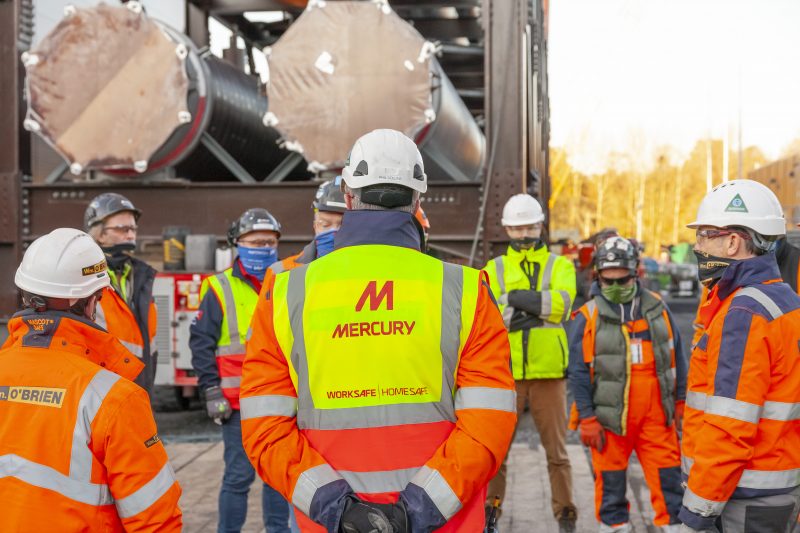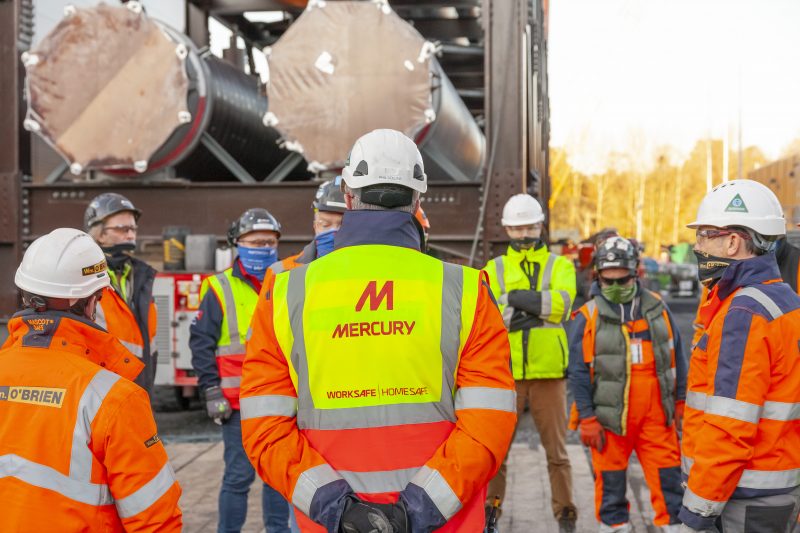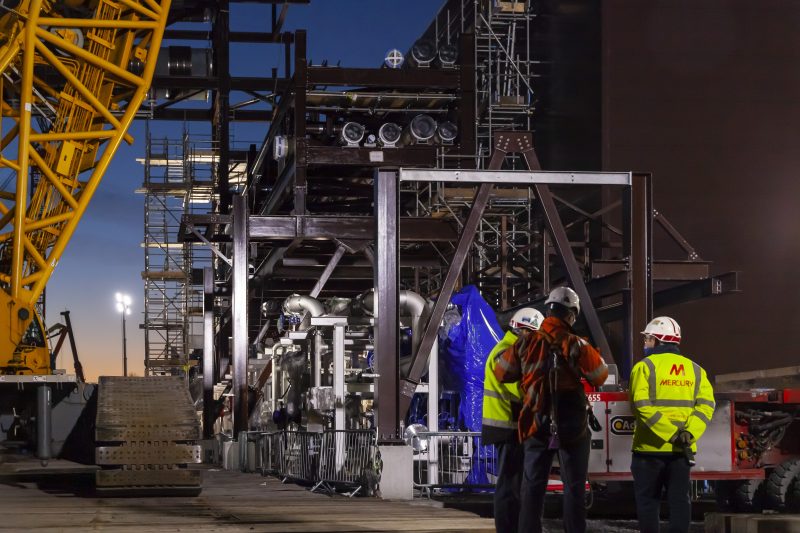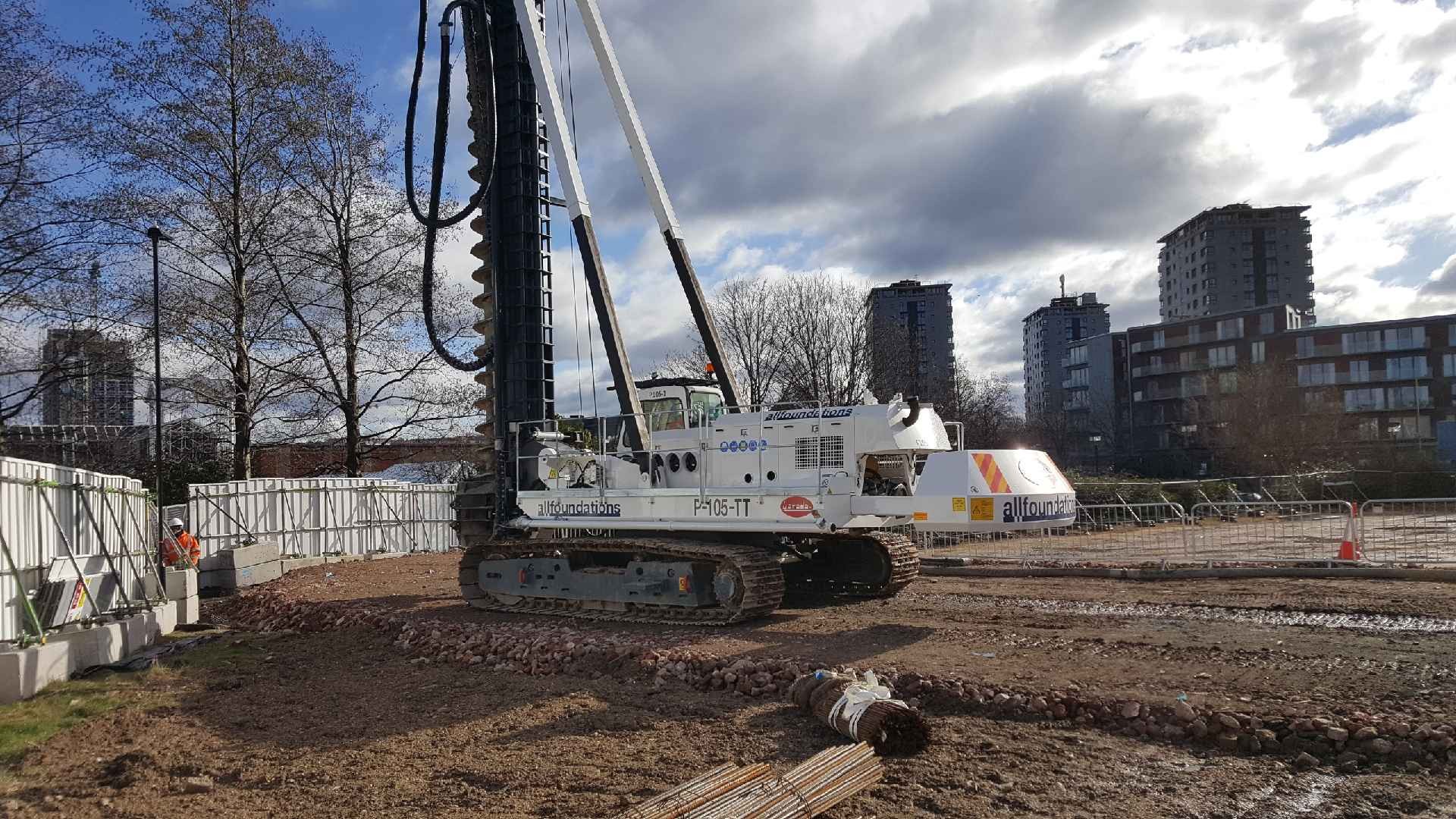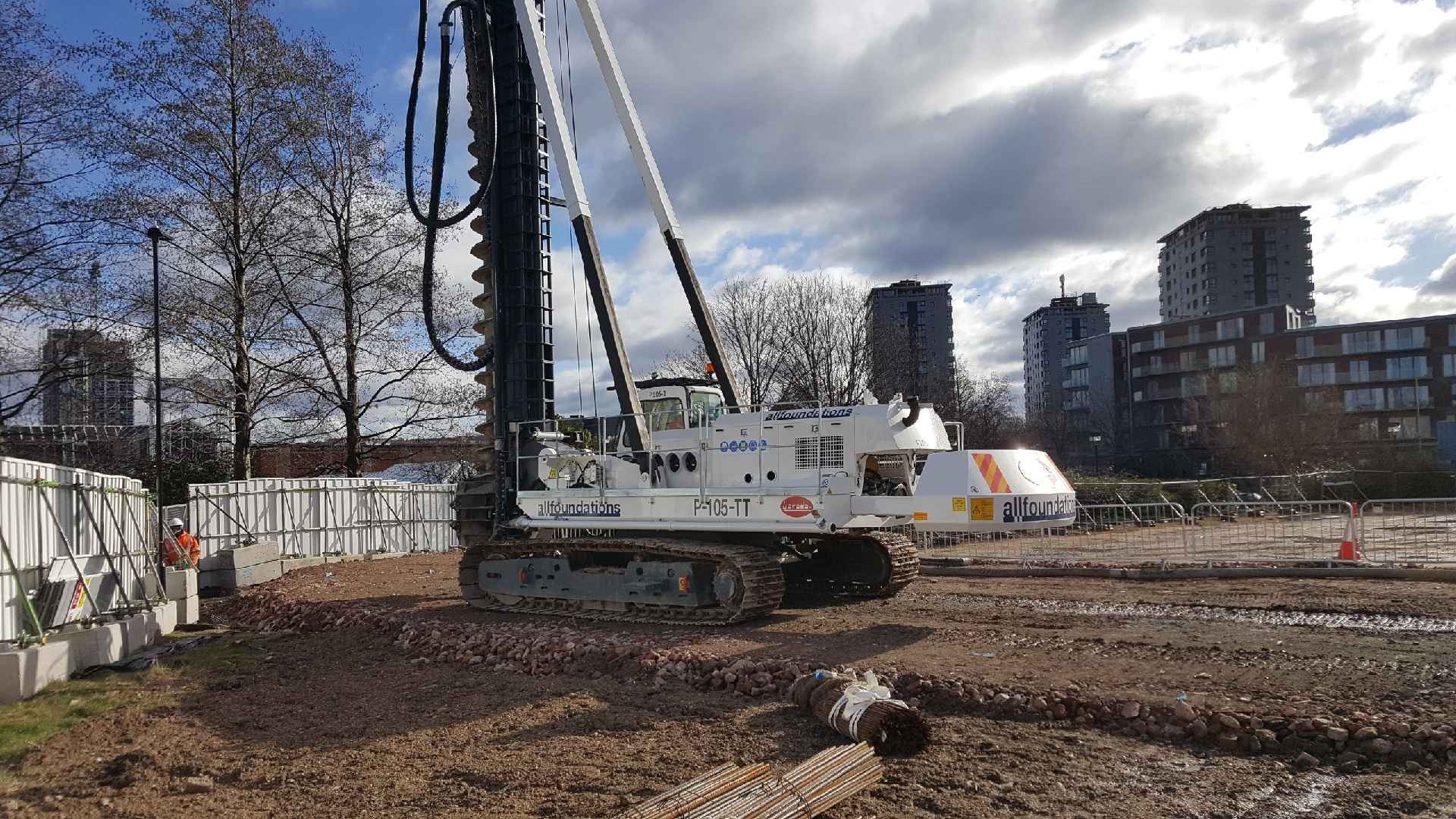There’s a common misconception around prefabrication—that it amounts to bland, cookie-cutter boxes rolling off an assembly line. But the truth is that prefabrication techniques can allow design teams to produce beautiful, innovative designs that meet the distinct needs of individual clients.
Plus, prefab elements can often be produced more quickly with minimal resources and waste, making it a favorable option for builders and owners alike.
Joining us this week to talk about all things prefab are Nick Coubray, CEO at Howick Ltd., and Amr Raafat, VP of VDC & Technology at Windover Construction. Both guests have extensive experience with prefabrication, and in this episode, we had an interesting discussion on:
- The benefits behind prefabrication technology
- The common myths associated with prefab
- Some successful real-world examples
- And how to get started with prefabrication
“Prefabrication combined with other technologies, such as mixed reality, can really enhance the quality of our production in the factory.” — Amr Raafat
powered by Sounder
New Episodes Every Two Weeks
Digital Builder is hosted by me, Eric Thomas. Remember, new episodes of Digital Builder go live every two weeks. You can hear more episodes like this one by subscribing to Digital Builder on Apple Podcasts, Spotify, Stitcher, Google Podcasts, or wherever you listen to podcasts.
You can also subscribe to our email list with the form below so you’re the first to hear when new episodes are released:
3 Takeaways on Prefabrication for Production in Construction
Before diving into the benefits and best practices around prefab, let’s first get clear on what it actually is. Prefabrication refers to the technique of prefabricating assemblies—from whole buildings or entire rooms to much smaller elements and components—in a controlled factory setting. The elements of a building are constructed off-site and then transported to the job site, where they would be assembled.
If you’re curious about prefab and are interested in implementing the practice in your projects, I encourage you to read on. Nick and Amr share their expert takes on prefabrication benefits, myths, and best practices.
1. Debunking common myths about prefabrication
Myth #1: Prefabrication is only impactful for large components or building features
This isn’t necessarily the case. In fact, prefab can also be used to improve the production of a single repeatable feature or very small building elements.
As Amr puts it, “It doesn’t have to be a whole building or a whole room. Prefabrication can be applied to something as small as simple trusses or smaller elements.”
“It doesn’t have to be a whole building or a whole room. Prefabrication can be applied to something as small as simple trusses or smaller elements.” —Amr Raafat
Nick agrees and adds that “Everyone always jumps to volumetric boxes. But like what Amr said, prefab can be applied to something as small as a single component. It doesn’t have to be a fully-finished building and it doesn’t have to be expensive either. It can actually be quite simple, but it’s really about being design-led, rather than actually just making something in a factory.”
Myth #2: Prefabrication only creates unattractive boxes
This is another persistent myth, but untrue. Just because something is made in a factory doesn’t mean it has to be bland or boring.
With the right practices and technologies, you can prefabricate beautifully designed buildings in an efficient and cost-effective way.
“With our prefabrication techniques and our focus on data and technology, we can really produce beautiful designs that could be flexible and respond to client needs,” shares Amr.
He adds, “Our design teams can actually innovate and be more creative in terms of functionality.”
The takeaway? Don’t let old myths and misconceptions stop you from exploring prefabrication. There are a lot of advancements in the realm of prefab that give construction pros more flexibility to design great-looking buildings.
2. Prefabrication unlocks serious production potential
Prefabrication can benefit the entire project and team in a number of ways. Here are the key advantages discussed in the episode.
It saves money. Since prefabrication happens in a factory or manufacturing site, you have more control over your environment, schedule, and timeline. Having a handle on all these things helps minimize unexpected costs.
In addition, prefab enables automation in a factory setting, resulting in fewer errors and labor-hours, so you can keep your costs in check.
No weather delays. Prefab allows projects to be weather-independent. Building something in a controlled environment helps you avoid weather-related and other external disruptions, so projects can be completed faster.
Environmentally friendly. Prefabrication leads to fewer errors and delays, which also means lower energy consumption and less waste — particularly when used with other technologies.
“Prefabrication combined with other technology, such as mixed reality, can really enhance our production in the factory with great quality. What I love about the machinery and the prefab concept is that this machine produces almost zero waste,” says Amr.
Increased quality. Prefab technology and automation guarantees that materials are produced with consistent quality. “Prefab allows you to better control quality. All the BIM data in Revit is carried over into manufacturing, so what you created is exactly what was modeled and approved by the design team,” adds Amr.
Improved safety. Working in a controlled environment means strict safety procedures can be enforced. This is especially important when there are social distancing measures in place. And since the work happens inside a factory site, employees encounter fewer job site-related hazards and unexpected events.
More flexibility. Because components are prefabricated off-site, it’s easier to transport, assemble, and disassemble different elements. This gives you more flexibility when it comes to implementing design changes or relocating materials from one location to another.
3. Start small, but with real projects
Thinking of getting started with prefab? Nick and Amr recommend starting small—but doing it with real projects, so you can learn and improve as you go.
“What I would suggest to people is to start small. Start a single component, like a 2D panel. Then it’s easy to transport to the job site,” says Nick.
He continues, “[with prefab,] the first thing people jump straight to this massive volumetric plant — something like a car factory and a hundred thousand square feet. In reality, what we see is most people begin with a small factory — like a 3,000 square feet facility with a single machine in it.”
“Everyone always jumps to volumetric boxes — or fully furnished units — whereas it can be as small as a single component.” —Nick Coubray
When you’re starting out, you need to ensure that “you have the right data and model,” according to Amr. “You can translate and unify it with manufacturing technologies and techniques.” This is an important consideration as these things will be the foundation of your unified building approach.
Implementing prefabrication successfully requires strong skills and knowledge around BIM and coordination, so it’s recommended to hire team members accordingly. You need the best people who can ensure that all your prefab elements will fit perfectly on-site.
Catch the Full Episode of Digital Builder
Amr and Nick go even further into the ins and outs of prefabrication and how you can implement it successfully. Tune in to the latest episode and discover the best practices and technologies you can use to make prefab work in your business.
- Apple Podcasts
- Spotify
- Stitcher
- Google Podcasts
- or wherever you listen to podcasts
The post Digital Builder Ep 18: 3 Key Takeaways on Prefabrication in Construction appeared first on Digital Builder.




